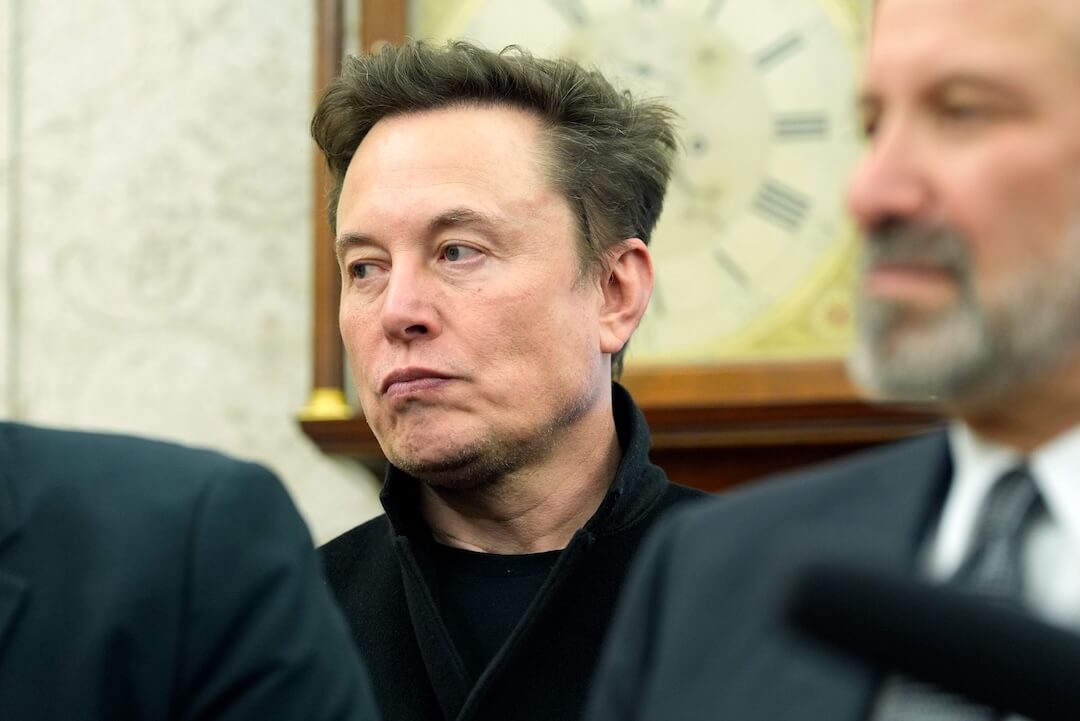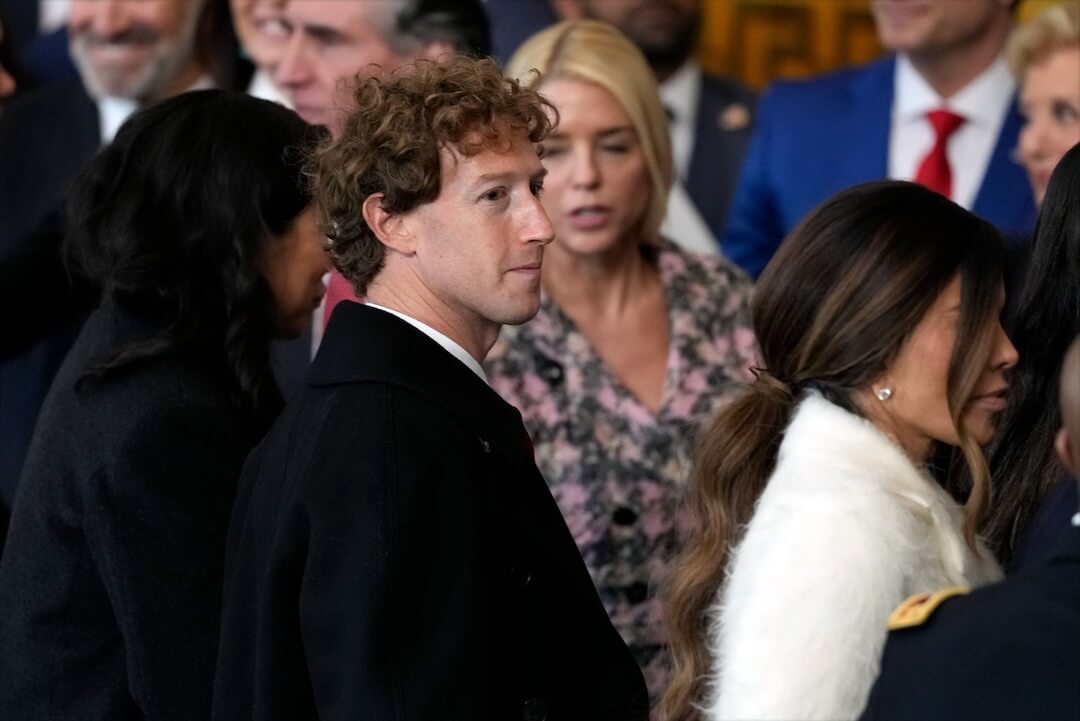Video stories, whether features, spot news or documentaries, tend to rely on the same set of elements to inform and engage viewers. These building blocks separate video from other storytelling formats, and the more you’re aware of them, the more efficiently you can create videos that have an impact.
I’ve listed out nine elements that can help you:
- Determine a story’s video potential.
- Plan a video story, from overall structure to specific shot selections.
- Evaluate the effectiveness of the video stories you and others create.
Let’s consider the elements and see them in action.
1. Emotion. Emotion is a powerful storytelling tool. It gives audiences a reason to care and a way to connect to a story, sometimes in a very personal way. And emotion gives storytellers a larger palette, making it possible to show not just concrete facts but the abstract reality of the human experience.
Related Training: TV Power Reporting Academy
Video excels at both displaying and evoking emotion. Whether it’s a daughter’s pain and loss or a gym full of jubilant high school basketball fans, video can help us understand exactly what another person is going through. And the empathy video fosters can stir similar feelings in our viewers.
2. Visual appeal. Naturally, video stories need visual appeal. And, let’s face it: Some places, people and things are inherently more visually interesting. So, focusing on these high-impact elements makes good sense.
But there’s a pitfall here. Visual appeal comes in both obvious and unexpected ways. We don’t want to avoid certain stories because they don’t appear to have strong visuals. Rather, we want to find ways to discover the appeal that might be hidden. Even everyday locations and activities can spring to life with fresh perspectives, angles and composition.
Here’s an example of some obvious visual appeal. The video, which was done by Art Island, takes place in Phuket, Thailand, and benefits from great visual appeal (and excellent shot composition).
3. Action & movement. Processes, sequences and motions are made for video. Whether it’s someone using, operating, creating or destroying something, video can reveal exactly what the process looks like and precisely how it works.
Other media can describe or hint at motion, but only video can really show it. In his “Escape from Tomorrow” video, Vimeo user 13thWitness shows us a day in a life of BMX rider Nigel Sylvester. From start to finish, the video is pure movement.
4. Audio. It’s easy to overlook sound, but it matters as much as — if not more than — images in a video story. That’s because audio conveys so much meaning. Interview soundbites tell us what the people in our stories are thinking and feeling. Ambient, or location, sound creates a sense of place. Natural sound punctuates actions and important moments. And narration ties everything together.
Audio is often the backbone of a video story, setting the tempo and, in many cases, informing how and when shots are edited together. Surprisingly, video is often edited to match audio, not the other way around.
And, when good sound goes bad, audiences know right away. Audio recorded at a level that’s too high becomes distorted. Audio that’s recorded too low tends to drown in noise, resulting in the static and hum produced by HVAC systems and other on-location sound sources (and the recording equipment itself).
In “The Sword Maker,” Takeshi Fukunaga uses a variety of natural and ambient sounds to bring the sword-making process to life. The audio in this piece carries the story, whereas the visuals (strong as they are) reinforce the sound.
5. Events & moments. Video offers an unrivaled way to document unique moments in time, and video storytellers are always looking for ways to capture the things that only happen once.
In “Portrait of Compassion,” KARE-TV’s Boyd Huppert tells the story of Kaziah, a woman who paints portraits of fallen soldiers and mails them to the soldiers’ families. Huppert is there to capture the reaction of one couple opening the package with a painting of their son, who was killed in Iraq.
6. Characters. The most interesting stories involve people. The most interesting video stories show people in conflict with each other, themselves or some force in their worlds. For eons, storytellers have used characters to advance plot lines, provide a point of view and gives audiences someone to cheer or jeer. Through interviews and live shots, video stories can achieve these same ends.
Some subjects are natural characters. They shine on camera, and they draw viewers into their worlds. The high schooler in “Running Blind” by Corky Scholl is one such character.
7. Newsworthiness. Journalistic video stories need to show something new, noteworthy, unusual or timely. The same factors that make something news in any other formats play out in video, too. Amid the dazzle of high definition resolutions, omnidirectional stereo sound and post-production color correction, it’s important to keep sight of the newsworthiness of our journalistic videos.
In “My Pride and Joy,” Darren Durlach covers an apartment fire as first responders and eyewitnesses react. He captures news as it unfolds and shows us what’s happening on the scene.
8. Settings & locations. We can quickly establish a sense of place with video. Wide shots — the sweeping views that establish a scene — can tell us where a story takes place and convey the size and purpose of a location. Medium shots and closeups can reveal detail and texture, providing a sense of a location’s age, condition, energy and character.
Coupled with strong audio, shots that depict a location can transport our audience to another place and show them exactly what it’s like to be there.
In “A Story for Tomorrow,” Dan Riordan and Dana Saint capture the breathtaking expanse and rich detail of the Chilean countryside.
9. Focus. The best video stories rely on a central premise to push them forward. We can think about this premise in terms of what’s happening — someone doing something. And we can think about what it all means — a single thematic word.
This approach to focus gives us two familiar elements: plot and theme, which are the basis of countless video productions, whether three-hour cinematic epics or 30-second TV commercials.
As my Poynter colleague Al Tompkins writes in “Aim for the Heart,” focus “help[s] viewers understand information more clearly.” And, focus helps storytellers communicate more effectively.
The need for focus is especially pressing in TV news and on the Web, where viewers’ attentions tend to drift after a minute or two. Video storytellers have a few precious moments to establish a scene, introduce characters, advance a plot line and inform, surprise or entertain. To avoid everything turning into a jumbled mess, it’s essential to find — and stick to — a sharp focus.
In “The Baja $1000,” Mulch Stetson focuses on five friends who drive a sub-$1000 car through Baja. The piece could go in many different directions, but it stays grounded in the theme of camaraderie.
Incorporating the elements
Some video stories are bound to emphasize certain elements on this list more than others. In some stories, an element may be missing altogether. And that’s not necessarily a problem. It all depends on the goals of the storyteller and the expectations of the viewer.
The nine elements form a solid foundation that aspiring videographers can use to build specific shooting, recording and editing techniques. Video storytelling calls on a range of skills, from the technical to the artistic, and it’s easy to get caught up in the nuances of shot composition or equipment operation. But, these techniques are means to an end. On the other hand, stories built around the elements covered here tend to feel deep, meaningful and — best of all — essential.”





